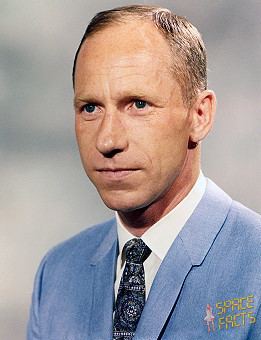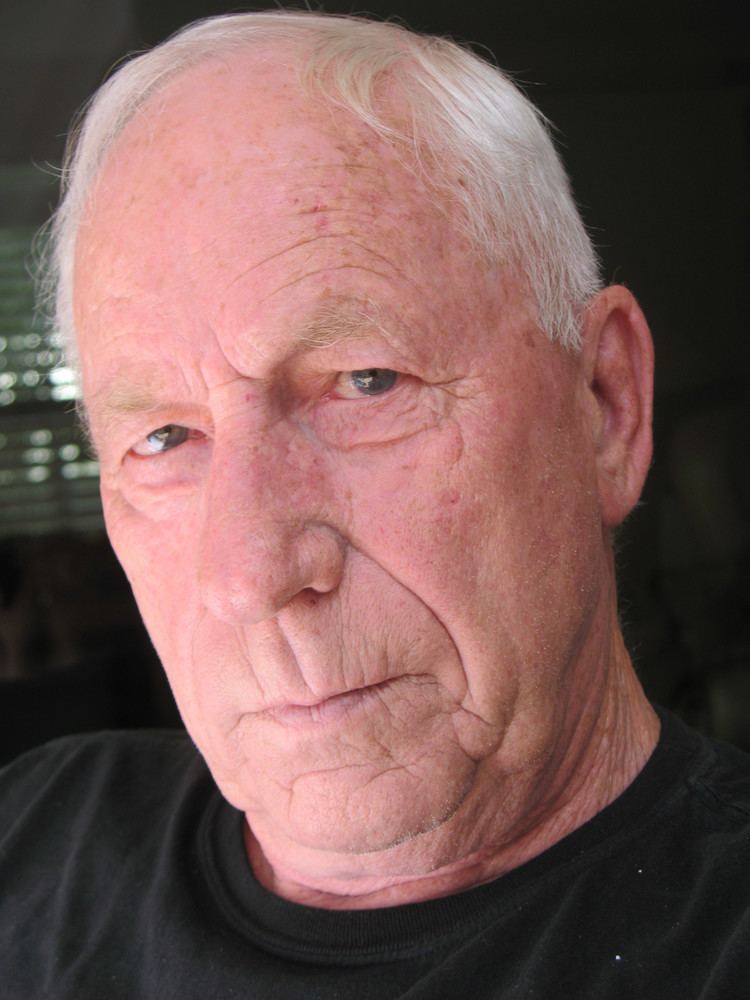Allegiance AIF Other work Architect Space time 12d 7h 12m Awards Volunteer Decoration Space missions Apollo 15 | Role Astronaut Years of service 1894 – 1922 Name Alfred Warden First space flight Apollo 15 | |
 | ||
Spouse Jill Lee Hotchkiss (m. 1982–2014), Pamela Vander Beek (m. 1955–1969) Parents Helen Worden, Merrill Worden Education University of Michigan (1963) | ||
Colonel Alfred William Warden VD (1868 – 6 September 1955) was a prominent Australian soldier, military engineer and architect.
Contents

Early life

Warden was born at Ulladulla, New South Wales and was educated at Newington College, Sydney, (1884–1887). In his final year of school he was in the first teams in Rugby union, cricket and rifle-shooting. He was one of ten brothers and cousins from the South Coast of New South Wales to attend Newington over two decades. His brother, Winter Warden (1860 – 1936), was a politician and a member of the New South Wales Legislative Council for the Nationalist Party of Australia for 17 years.
Architectural career

On leaving Newington, Warden was articled to the architectural firm of Gustavus Alphonse Morrell & John E Kemp. For the next five years he studied part-time at Sydney Technical College and attended architecture lectures in the engineering faculty of the University of Sydney. In 1893 he toured the world before commencing practice as an architect in 1895.
Military career

In 1894, Warden joined the Field Companies NSW Engineers as a second Lieutenant and retired in June 1922 after 28 years service. On the outbreak of war in 1914 he was mobilised as Staff-Officer of Engineers and served until the end of 1919.
Newington College
In 1923, Warden was appointed a member of the Newington College Council and served until 1948. During this period of 25 years he was actively involved in the development of the College's buildings and grounds.
In 1933 an Old Newingtonian garzier and author, William Glasson, donated two thousand pounds for the erection of a grandstand between the College ovals. The Glasson Pavilion was designed by Arthur Anderson and Warden and had seating on the southern side for three hundred and fifty-six people and for half that on the northern side. It was planned so that the pavilion, which was in an overblown Federation Bungalow style could be extended to the east, although this didn't eventuate. The building also included dressing rooms, tea-rooms and a ladies' retiring room.
The Stanmore road boundary of Newington is distinguished by a rusticated stone and wrought iron fence and two sets of entrance gates that were designed by Warden and are now heritage listed. In 1936 the Millner gates were opened after a benefaction by Colonel Thomas Millner MC VD in memory of his father, an Old Boy of Prince Alfred College, Adelaide. In 1938 the second set of gates were opened and named in honour of Frank E Dixon who left a substantial bequest to the College in 1929. Dixon's estate also left five hundred pounds to the University of Sydney, who award an annual chemistry scholardsip in his name.
During 1937 Philip Le Couteur pushed ahead with the foundation of a new and separate building for Newington's preparatory school students. This building, designed by Warden and known as Wyvern House, was finished in 1938. Inter-War Stripped Classical in appearance, the building had well-lit classrooms for one hundred and fifty boys, and two large dormitories with open-air sleep-outs for fifty boarders. In 1998, Wyvern house moved to a separate campus and the original building has been converted to a library and cafeteria and renamed the Le Couteur Wing.
